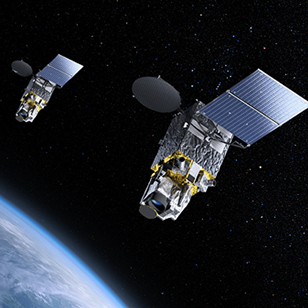Technology:
Japan Meteorological Agency will launch Japan’s latest
weather satellite “Himawari (Sunflower) 8” in October. It will start observation
in summer of 2015, succeeding the Himawari 7 now in operation. The Himawari 8
will deliver color photos for the first time in the world as a geostationary
weather satellite. Shooting accuracy improved considerably to tell the development
of cumulonimbus that brings about guerilla rainstorm. The camera mounted on the
Himawari 8 can shoot 500 square meters instead of 1,000 square meters that the camera
mounted on the Himawari 7 can shoot.
At the same time, filmed images increase from five kinds
to 16 kinds. The color photos will allow high precision observation of yellow
sand and volcanic ashes. While the Himawari 7 shoots images every 30 minutes,
the Himawari 8 can shoot images in every 10 minutes. In addition, it can shoot
every 2 minutes and 30 seconds only in the case that it shoots areas closed to Japan
and a typhoon. I will be launched from the Tanegashima Space Center. Exact date
of launch will be set shortly.
Himawari 8
CC of Himawari 8
